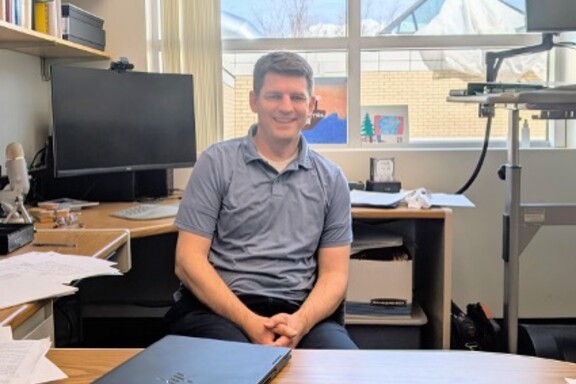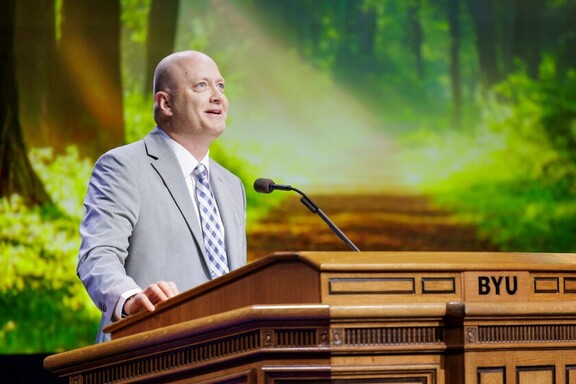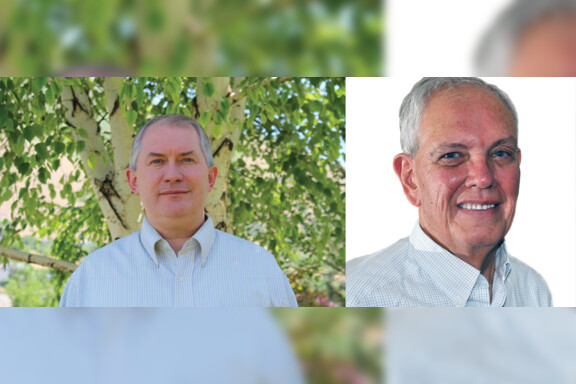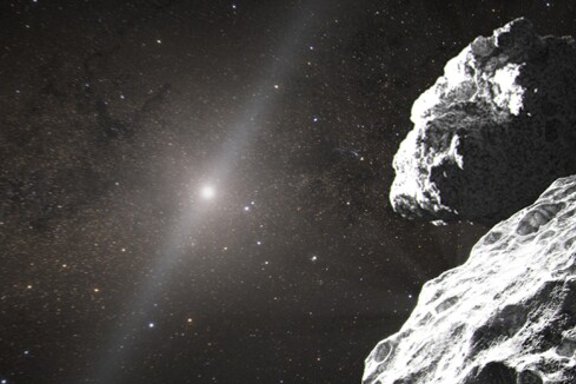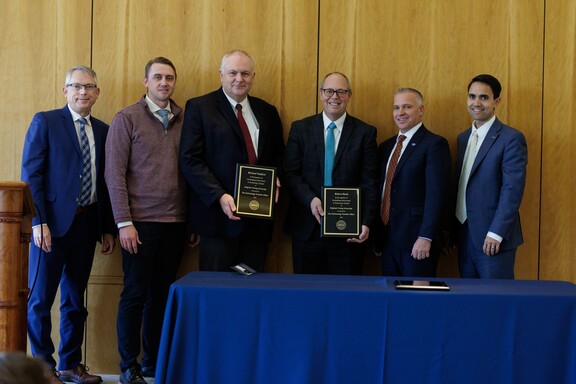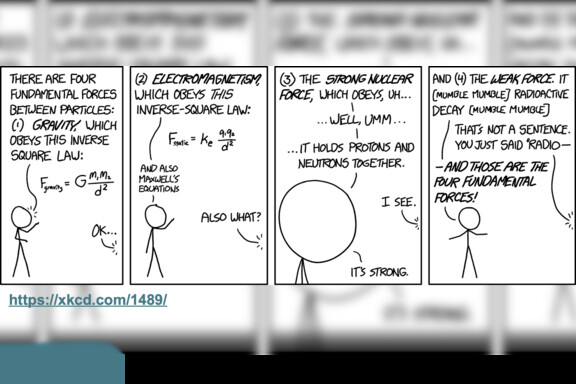 This winter, ten students broadened their horizons in an astronomy pilot course that explored the complex world(s) of planetary science. These students practiced valuable skills not taught in any previously offered course.
This winter, ten students broadened their horizons in an astronomy pilot course that explored the complex world(s) of planetary science. These students practiced valuable skills not taught in any previously offered course.
While the growing BYU astronomy program already features advanced courses focusing on stars and galaxies, the Department of Physics and Astronomy just debuted “Advanced Planetary Astrophysics,” a higher-level class with an otherworldly emphasis. Dr. Darin Ragozzine, the department’s resident planetary astrophysicist, markets his class as an interdisciplinary resource to support students who want to study planetary astrophysics in the future. The Department hopes to eventually develop this class further to give astronomy students more options when choosing upper-level courses.
The course’s curriculum dives into orbital mechanics, dynamics, planetary formation models, planetary geology, atmospheric science, small and large solar-system objects, extrasolar planets, and astrobiology. Armed with advanced knowledge from previous courses, senior students rigorously explore the physics of these topics in a way they could not in their sophomore-level planetary class. Homework assignments draw on all class topics, giving students practice selecting applicable tools and synthesizing information. The hallmark synthesis exercise is a class project involving what Dr. Ragozzine describes as “actual novel scientific research.”
Students see the value of these real-world research experiences. “Not only are we learning the theory and … the abstract part of planetary science, but we are also doing planetary science research as a part of the class,” said student Steven Blodgett. “Lots of our homework is just doing the research, reading the literature, making Python scripts, and running simulations.” Many of his peers echo this statement, expressing appreciation for the opportunity to develop the important skills they will need to study planetary astrophysics in the future.
When asked about the future of the class, Dr. Ragozzine suggested that Advanced Planetary Science will develop according to the needs of the department and to satisfy the mission of the university. For now, the class nails BYU’s aims to be intellectually enlarging and promote lifelong learning and service by developing students into productive, contributing researchers in their field. After “entering to learn,” the next generation of BYU astronomers is well equipped to “go forth to observe.”
Student authors: Perri Coggins, Oliver Hancock, James Bleazard, Grace Steed, and Madaline Wright
News and Events
